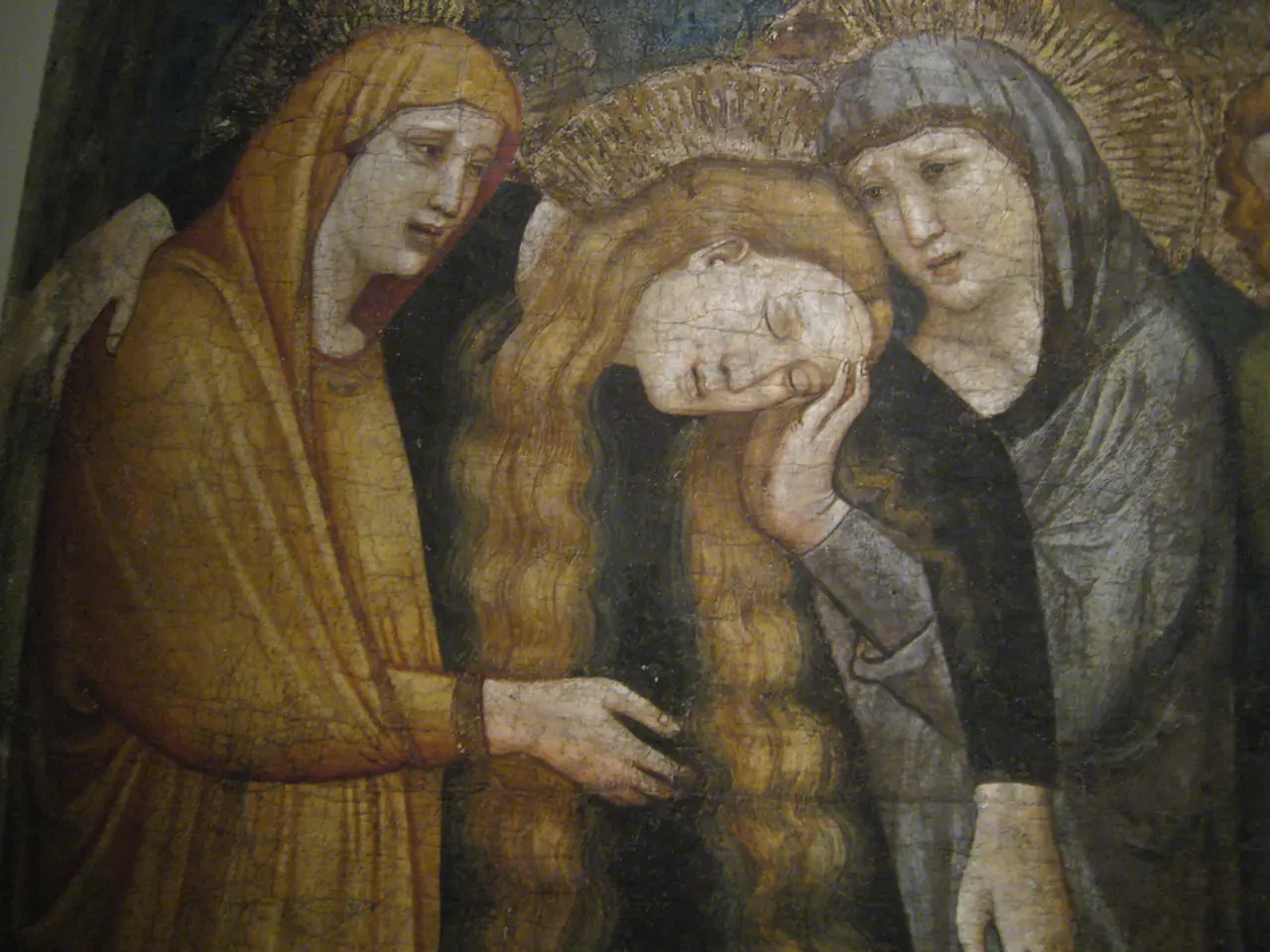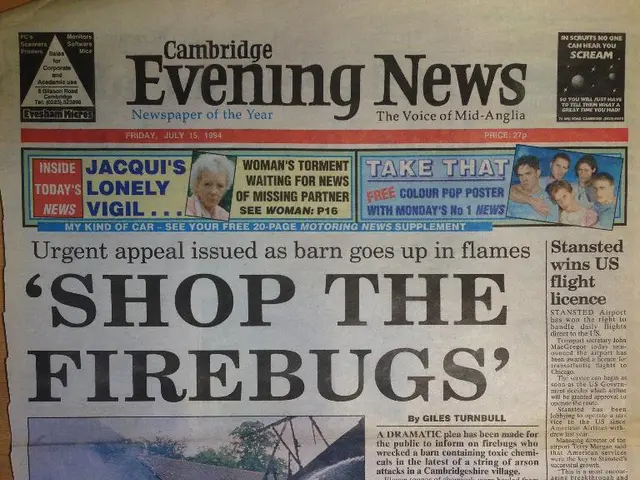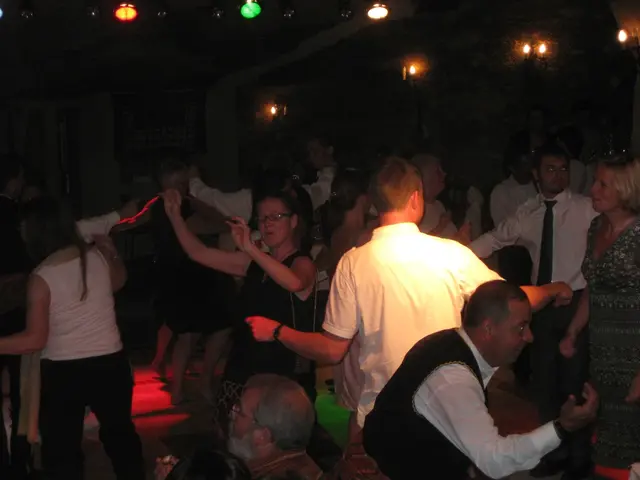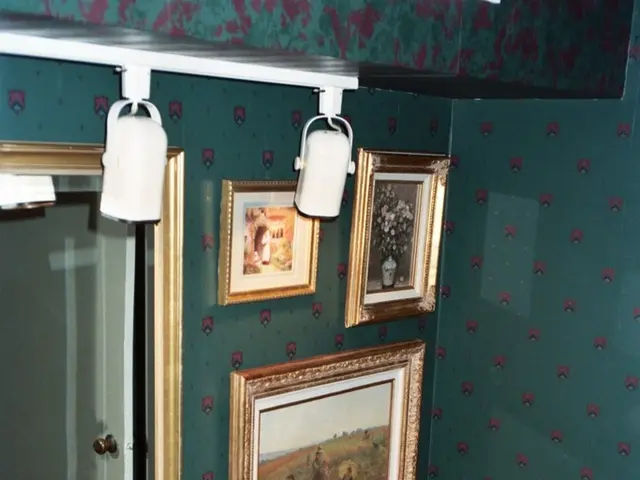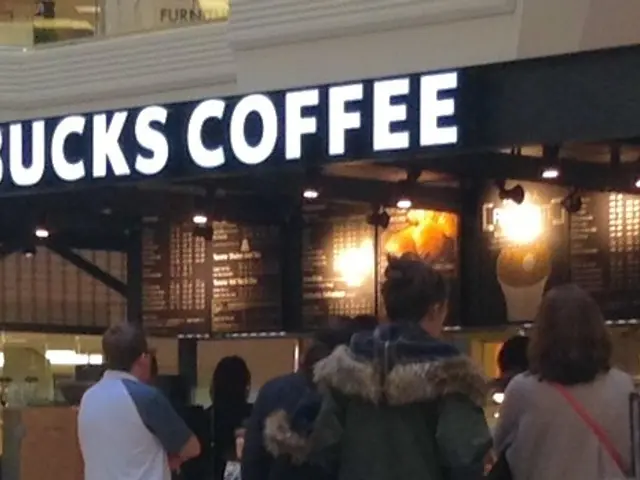Pro-Cuba rallies contrasting with censorship protests at the Clark Center
In the heart of Mile End, the Clark Center is currently hosting a rare summer exhibition titled "Eternal Night, Aesthetic Disobedience." This exhibition, entirely Cuban in its curation and artistic contributions, unfolds in a spirit of dissent, denouncing state censorship and the repression of creative freedom.
The exhibition is a testament to the resilience and courage of Cuban artists who continue to challenge the government's restrictions, particularly Decree 349, a 2018 legislative measure that has been widely criticized for institutionalizing artistic censorship. The decree compels artists to seek prior state approval for their work, giving authorities broad powers to censor, control, or even halt artistic activities deemed counter to the regime's interests.
Seven artists featured in the exhibition have expressed their opposition to the Cuban government and have faced consequences, such as exile or imprisonment. One of these artists, Luis Manuel Otero Alcantara, has been imprisoned since 2021. His work, on display in the exhibition, is a poignant reminder of the risks artists take in standing up for their creative rights.
One of the most striking pieces in the exhibition is Leandro Feal's video "La fiesta vigilada." Built according to the image-by-image technique, the video documents ten years of evenings in post-Castro Cuba. Feal, a Cuban artist currently living in exile in Barcelona, uses flash photography to shed light on what the Cuban regime wants to keep in the dark. His work is seen as a portrait of a youth deprived of freedom of expression in post-Castro Cuba.
Feal's return to Havana to "shake the Republic" is a bold statement against the regime. He claims that the term "revolution" in Cuba is a euphemism for a system of government closer to tyranny. His work aims to document his generation and the margins of its contestation.
The exhibition is just one of many initiatives by Cuban artists and activists who have organized protests and alternative exhibitions to resist this censorship. International cultural organizations and human rights groups have condemned Decree 349 as a major affront to freedom of expression in Cuba. Notable Cuban figures, such as artist and activist Tania Bruguera, have protested against the decree and faced arrests.
Despite repression, young Cuban artists continue to use social media and clandestine events to express their perspectives and mobilize opposition. Initiatives like Tania Bruguera’s Institute of Artivism Hannah Arendt foster artistic and journalistic resistance, awarding prizes and providing training to investigative journalists to counteract censorship.
In a poignant display of solidarity, the exhibition involves many partners, including the Montreal Arts Council (CAM), museums lending works, and private donors. The exhibition serves as a powerful reminder of the global support for artistic freedom in Cuba and the ongoing struggle against Decree 349.
[1] Amnesty International, "Cuba: Artistic freedom under threat," 2019, https://www.amnesty.org/en/latest/news/2019/09/cuba-artistic-freedom-under-threat/
[2] Human Rights Watch, "Cuba: Decree 349 Threatens Artistic Freedom," 2018, https://www.hrw.org/news/2018/07/17/cuba-decree-349-threatens-artistic-freedom
[3] Tania Bruguera, "The Institute of Artivism Hannah Arendt," https://www.institutoartivismo.org/
[4] Artnet News, "Cuban Artist Luis Manuel Otero Alcantara Arrested During Performance Protest," 2021, https://news.artnet.com/art-world/cuban-artist-luis-manuel-oterro-alcantara-arrested-1995189
[5] The New Yorker, "The Cuban Artist Tania Bruguera and the Limits of Free Speech," 2018, https://www.newyorker.com/culture/cultural-comment/the-cuban-artist-tania-brigueras-arrest-and-the-limits-of-free-speech
- The exhibition at the Clark Center, titled "Eternal Night, Aesthetic Disobedience," showcases the government's impact on Cuban artists' lifestyle and home-and-garden, as well as their general-news coverage, by illustrating the artists' struggles against the restrictive decree, Decree 349.
- The endeavors of Cuban artists, such as Tania Bruguera's Institute of Artivism Hannah Arendt, demonstrate politics at play in the arts, as they work to challenge government censorship and champion artistic freedom.
